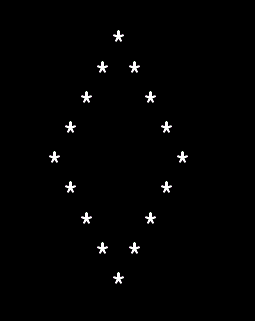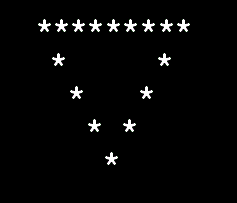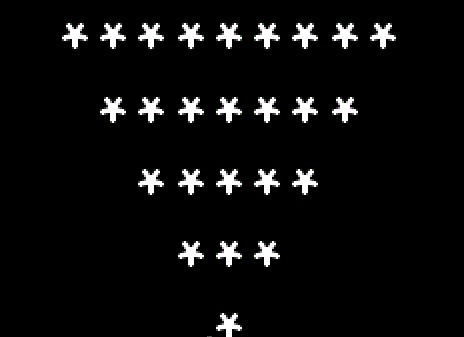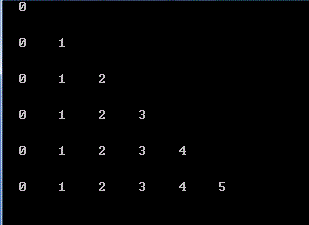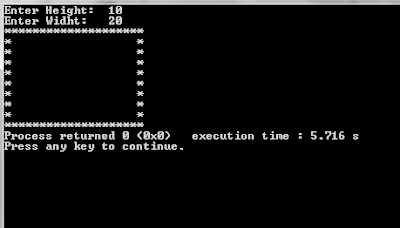Locks and Latches: There are several processes inside Oracle System Global Area that needs to be accessed concurrently by many different database processes. And it is very important that only one process is able to modify particular data structure at a time. Oracle does this with the help of Locks and Latches.
Latches: Latches are the more restrictive mechanism, because they do not allow multiple processes to inspect the protected data structure at the same time. Latches do not support queuing. Oracle uses latch for the data is accessed in details.
Locks: Locks allow for better concurrency, because they may be held in a shared mode when the data structure is simply being inspected. Queuing is supported by Latch. Locks are used by Oracle for performance tuning.
Enqueues: Many of the Locks in Oracle are known as Enqueues locks. To enqueue a lock request is to place that request on the queue for its resource.
Semaphores: Inside Oracle database there are many processes or threads are running and for successful running they need to communicate with each other. The process through which they communicate with each other is known as semaphores. It is just like a signal which tells the thread that when to run and stop. There is a semaphore for every Oracle server process.
Latches: Latches are the more restrictive mechanism, because they do not allow multiple processes to inspect the protected data structure at the same time. Latches do not support queuing. Oracle uses latch for the data is accessed in details.
Locks: Locks allow for better concurrency, because they may be held in a shared mode when the data structure is simply being inspected. Queuing is supported by Latch. Locks are used by Oracle for performance tuning.
Enqueues: Many of the Locks in Oracle are known as Enqueues locks. To enqueue a lock request is to place that request on the queue for its resource.
Semaphores: Inside Oracle database there are many processes or threads are running and for successful running they need to communicate with each other. The process through which they communicate with each other is known as semaphores. It is just like a signal which tells the thread that when to run and stop. There is a semaphore for every Oracle server process.

